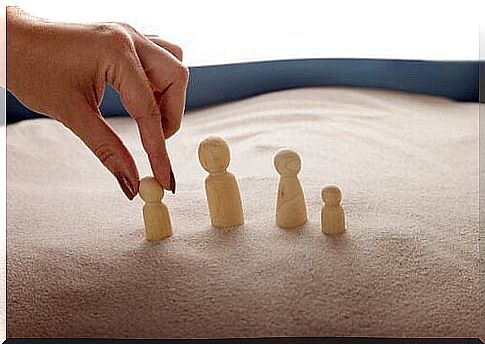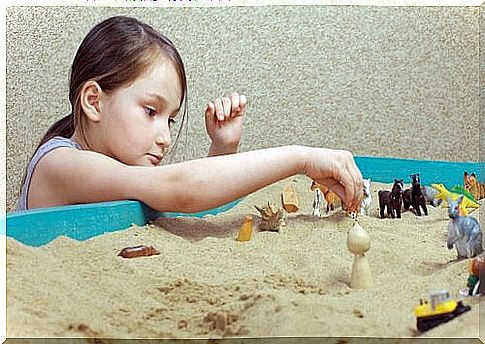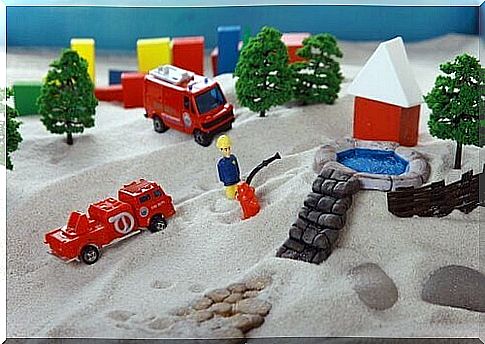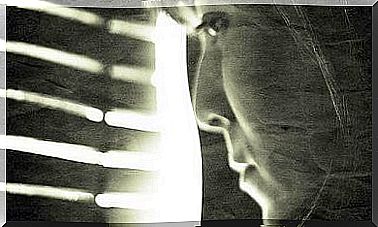Sand Game: Psychotherapeutic Technique

Many times we go to the psychologist with a clear idea about the cause of our malaise. Many others, however, cost us to identify the source of the problem, and the specialist must employ various techniques to obtain and separate important information. Among these is sand play, a method often applied in child psychology, as children are usually unable to express their feelings easily.
The sand play technique was devised by the Swiss psychotherapist Dora M. Kalff , who was based on the analytical psychology of Carl Gustav Jung and the work of the child psychiatrist Margarita Lowenfeld. This technique is mainly used to access information that the patient has not consciously retrieved.
What does the sand game technique consist of?
To access these unconscious contents, a box with a celestial bottom (there are both wooden and plastic ones) filled with sand is used, in which the patient, in silence, must place several pieces. Among these figures we can find people, animals and plants, buildings, means of transport, signs or natural dividing elements (rocks, wood), fantastic elements, movie characters, accessories …

The therapist should limit himself to offering help, leaving the interpretation for when he has listened to the patient / client. On the other hand, it is common for the psychologist to subsequently take a photograph of the scene, useful for its later interpretation, outside the context of the visit.
The results are varied and there are a multitude of possible interpretations. For example, if the patient has only characters, this can mean loneliness or a sense of abandonment. If violence predominates on the scene, it can indicate a feeling of desolation.
With which patients is this technique used?
Although it is mainly used in child psychology, the sand play technique can be used at any age. It is very useful with people who hardly talk about their emotions. It is particularly indicated, in fact, in case of trauma (abuse, mistreatment …), bereavement or emotional or behavioral disturbances.
Children are face to face with their emotional life, are in the full development of complex emotions and are often unable to express them. For this reason, the game of technique is used above all with lotus in school contexts for an assessment of disorders related to language, self-esteem, interpersonal relationships, bullying or family problems.
What is the use of the sand game technique?
The sand game is characterized by a very important element for our childhood mental development: the game. This creative play takes place in the sand and explores the ancient archetypal patterns that define the patient. It is the very action of playing in the sand (the visualization, the personal choice and the way in which the pieces are placed in the sand) that activates this archetypal inner dimension.

Thanks to the photographs taken by the therapist, it is possible to analyze different mental models in the patient’s unconscious. It is an interesting technique because it goes beyond the linguistic level. On many occasions, the patient is unable to verbalize what is happening to him, especially children. Despite this, the sand game allows the psychologist to have a sample of the problem.
These psychotherapeutic techniques are extremely useful, as they create a stress-free space during the visit, in which the patient feels comfortable. At the same time, creative play helps release tension and generates respect and freedom, essential for the patient / client to express himself .









